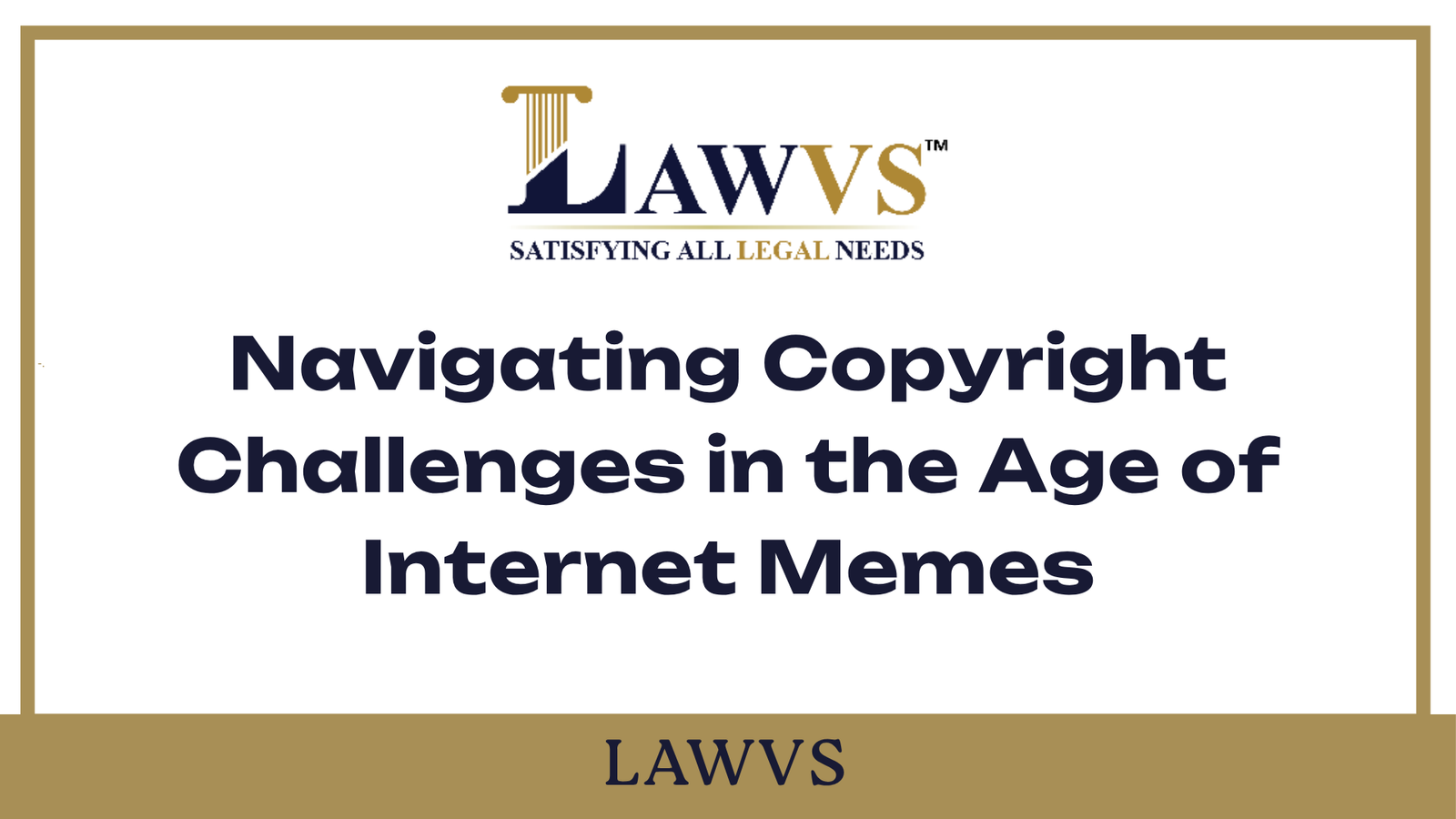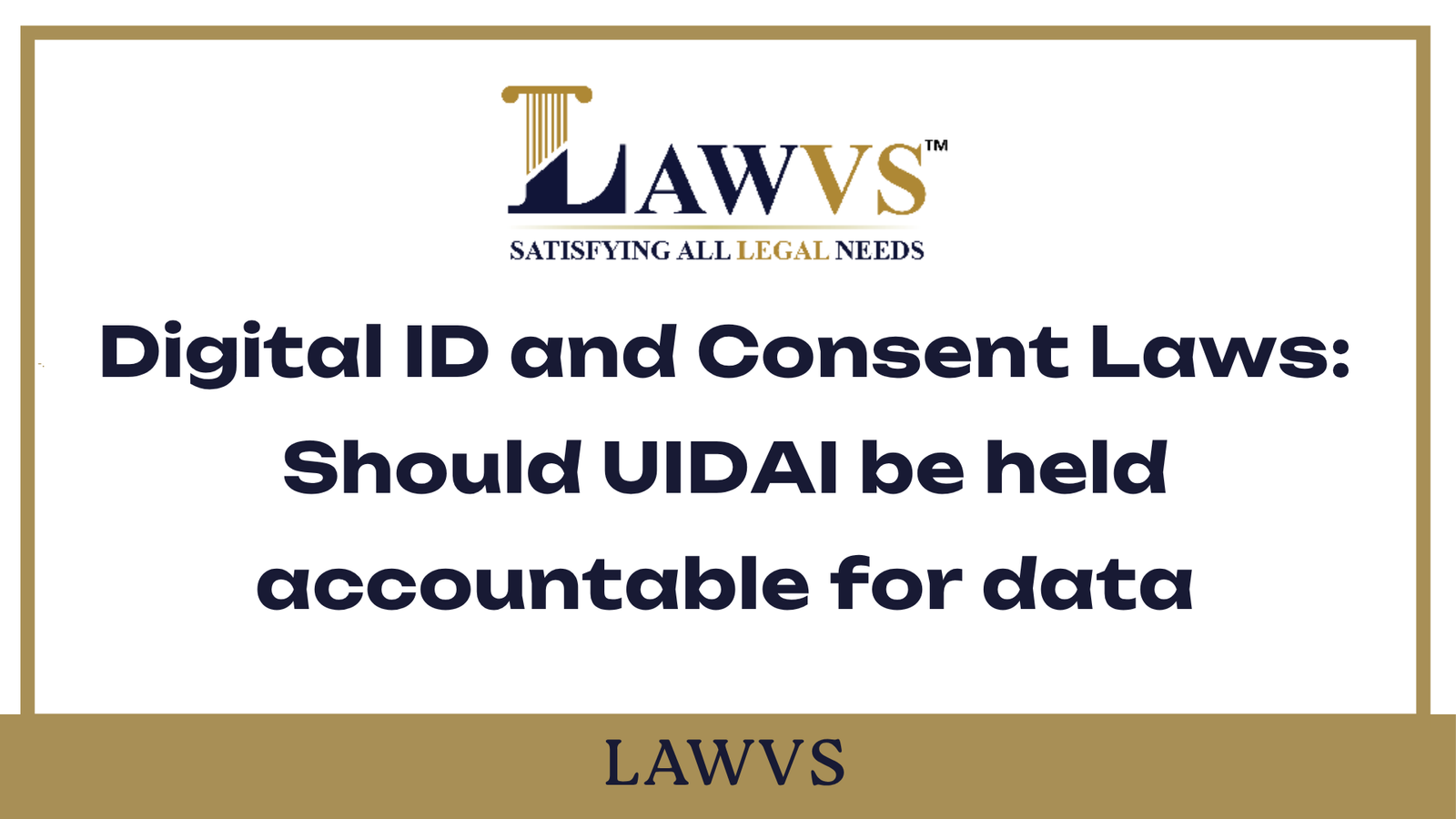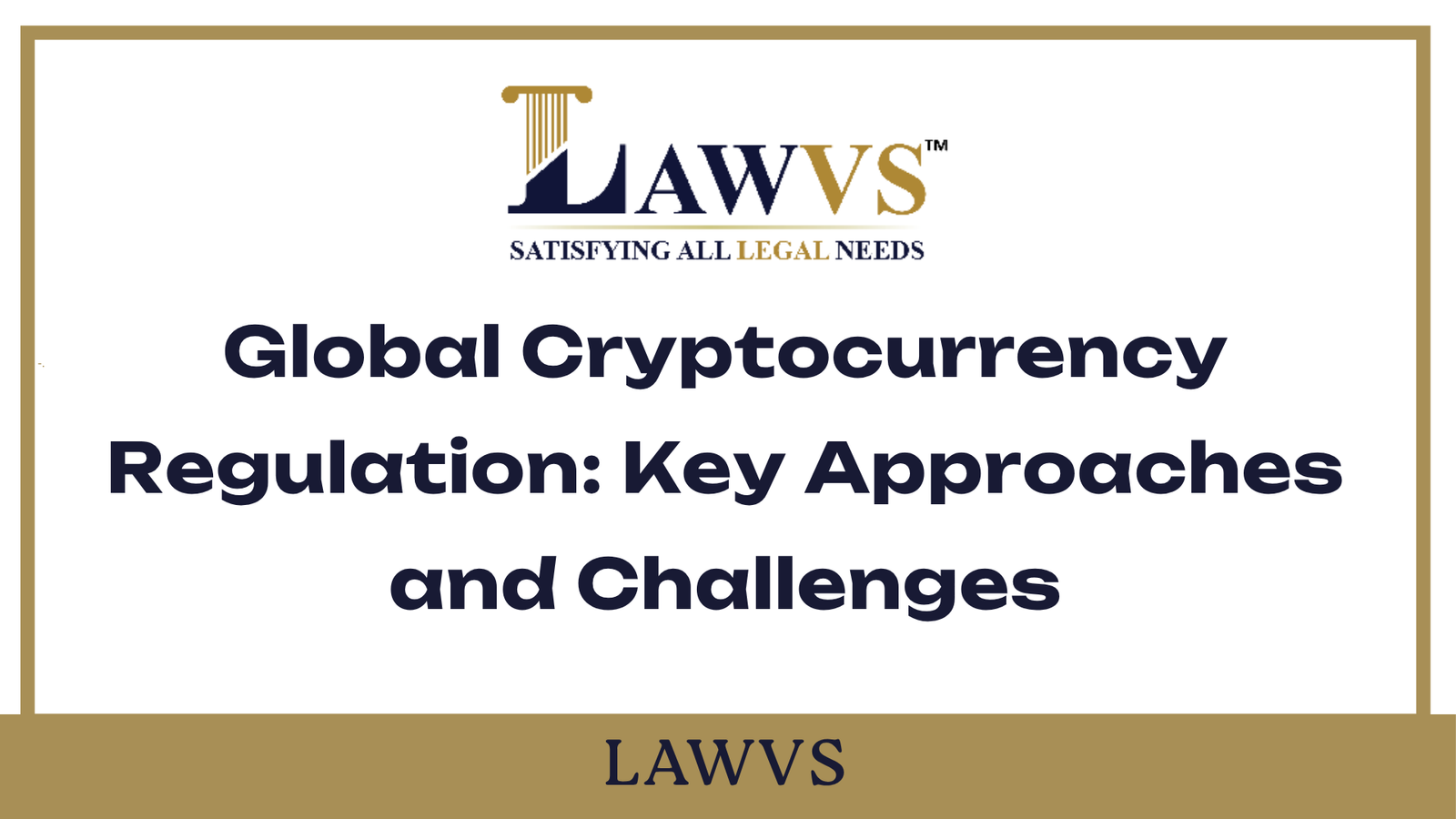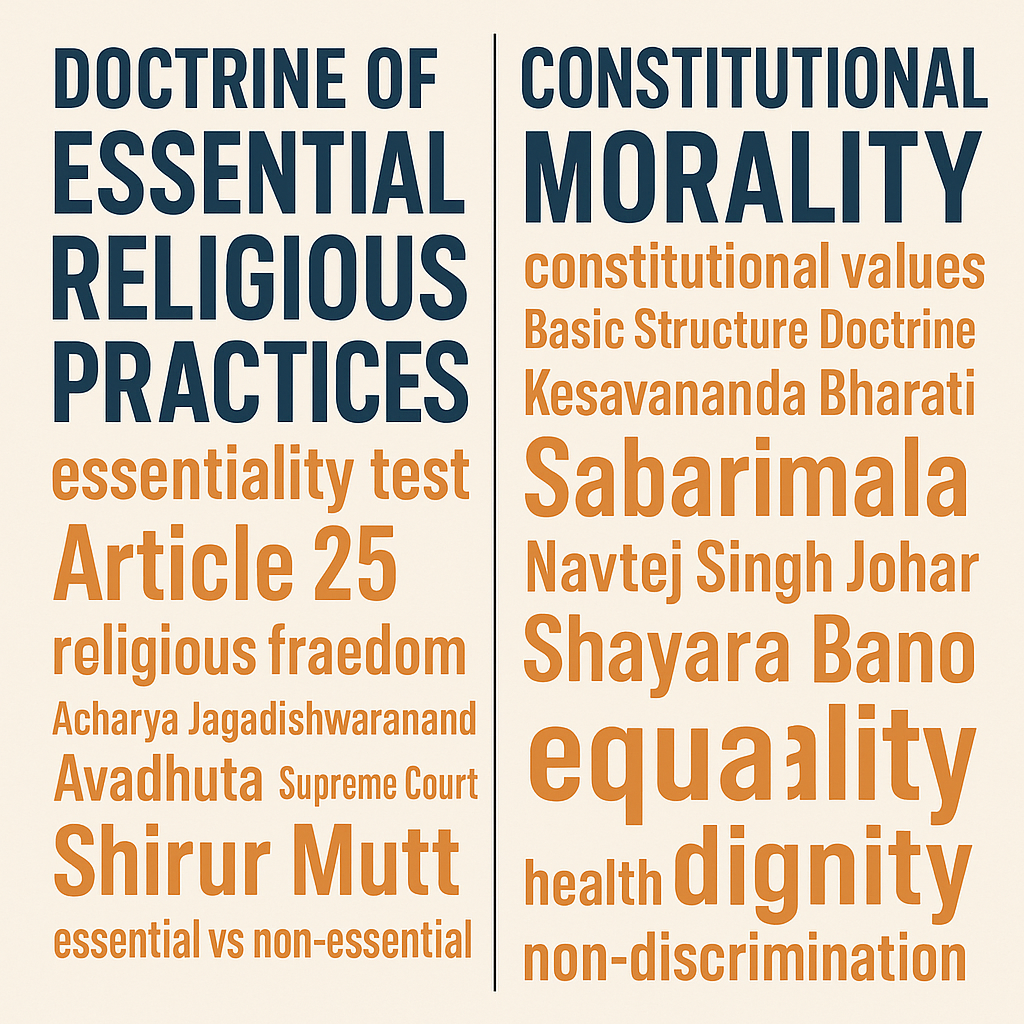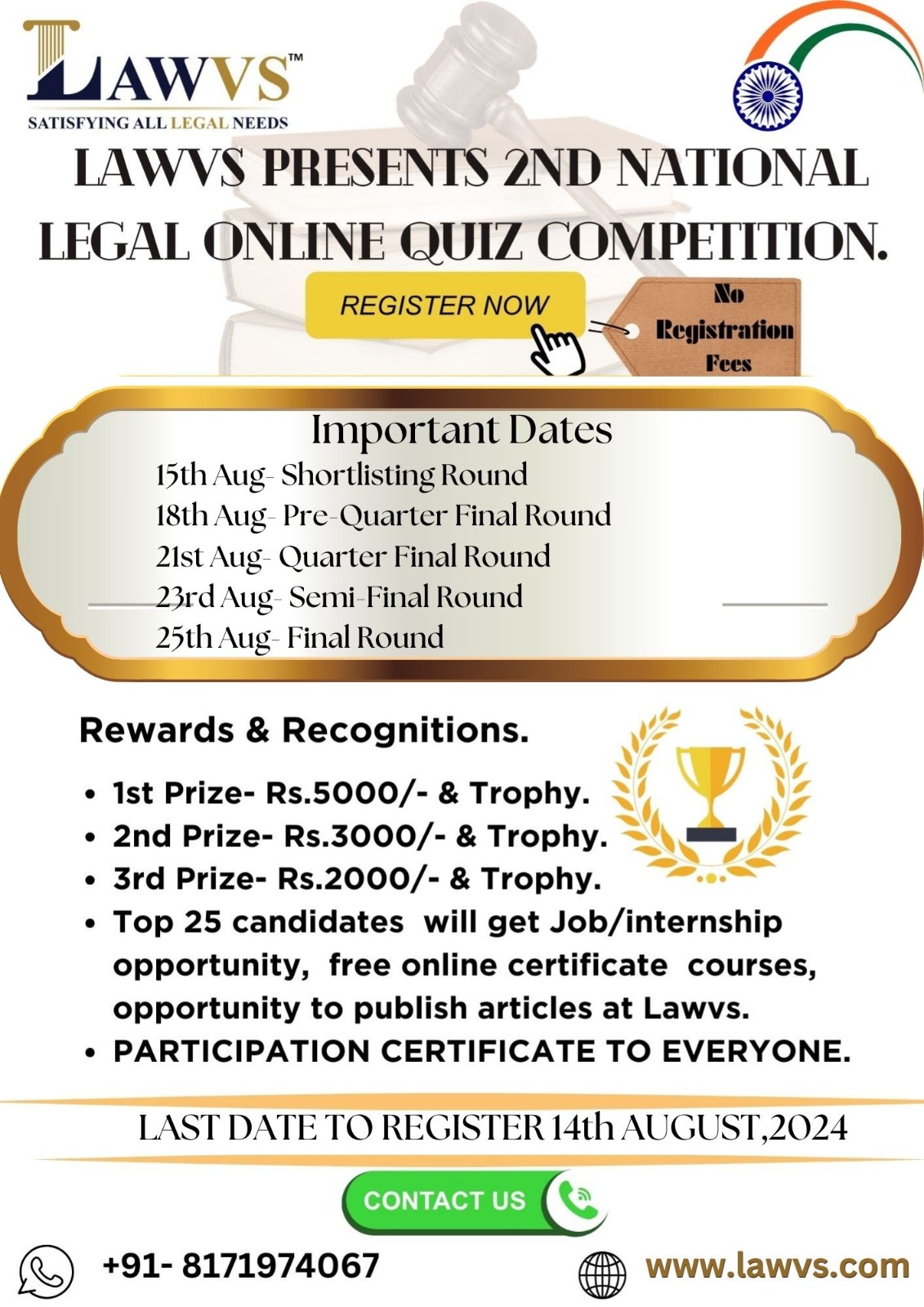"Navigating Copyright Challenges in the Age of Internet Memes: A Legal Analysis of User-Generated Content in India"
Abstract
In the digital age, memes have emerged as a dominant form of communication, commentary, and entertainment, often blending humour with cultural and political discourse. While seemingly innocuous, memes frequently incorporate copyrighted material, thereby raising pertinent legal questions under intellectual property law. This paper explores the legal tensions between copyright protection and freedom of expression as it applies to user-generated meme culture, with particular emphasis on the Indian copyright regime and comparative perspectives from other jurisdictions.
1. Introduction
The proliferation of social media platforms has dramatically transformed the landscape of creative expression. Memes—typically humorous images, videos, or text combinations that are rapidly disseminated online—have become an integral part of digital culture. However, the widespread use of copyrighted content within memes has drawn increasing scrutiny from copyright holders, legal scholars, and courts.
This article aims to examine whether meme creation and dissemination constitute copyright infringement or fall within the scope of legitimate exceptions, particularly the fair dealing provisions of Indian copyright law. The discussion also explores the jurisprudential evolution of copyright principles in light of contemporary technological and cultural shifts.
2. Understanding the Legal Status of Memes
2.1 Defining Memes in the Legal Context
Although there is no formal legal definition of a "meme," they are typically considered user-generated content that reuses existing material—often images, film clips, or soundbites—accompanied by humorous or critical text. This repurposing of content introduces complex questions of copyright ownership and permissible use.
2.2 Copyrighted Elements in Memes
Most memes involve at least one component protected by copyright—be it a movie still, photograph, logo, or text. Under the Copyright Act, 1957 (India), such elements qualify as "literary" or "artistic" works and are protected from unauthorised reproduction or adaptation.
3. Fair Dealing Exception under Indian Law
India’s copyright regime incorporates a fair dealing exception under Sections 52(1)(a) and (b) of the Copyright Act, 1957. These provisions permit the use of copyrighted material for purposes such as private use, research, criticism, review, and reporting of current events.
However, unlike the broader and more flexible "fair use" doctrine in the United States, India’s "fair dealing" exception is purpose-specific and narrowly interpreted. The legal recognition of meme culture under this exception remains a matter of contention.
3.1 Criticism and Commentary
One of the most promising defences for memes is that they serve as a form of criticism or commentary. Memes often satirise public figures, media, or societal issues. In such cases, if the copyrighted content is used to make a transformative statement rather than merely reproduce the original, courts may consider the use as fair.
3.2 Transformative Use
Although Indian law does not explicitly incorporate the concept of "transformative use," Indian courts have shown some willingness to engage with it. For instance, in Civic Chandran v. Ammini Amma (1996), the Kerala High Court held that parody could qualify as fair dealing when the derivative work substantially transforms the original for the purpose of social or literary criticism.
4. Global Perspectives and Comparative Analysis
4.1 United States: The Fair Use Doctrine
In the U.S., the four-factor test under 17 U.S.C. § 107 evaluates:
-
The purpose and character of the use,
-
The nature of the copyrighted work,
-
The amount and substantiality of the portion used, and
-
The effect on the market value of the original.
Memes often satisfy the first factor—being transformative and non-commercial. Landmark cases such as Campbell v. Acuff-Rose Music, Inc. (1994) affirmed parody as protected fair use.
4.2 European Union: Freedom of Expression vs. Copyright
The EU Copyright Directive (2019) introduced Article 17, placing liability on platforms for user-uploaded content unless exempted under exceptions for parody, caricature, or pastiche. Several EU member states have recognised memes as protected expressions under these exceptions.
5. Enforcement Challenges and Practical Considerations
5.1 Identifying Infringers
Memes are often anonymously shared across platforms like Instagram, Reddit, and Twitter, complicating the identification of original creators or alleged infringers. Moreover, the rapid virality of memes renders traditional takedown notices under Section 79 of the IT Act, 2000 (India) practically ineffective in many cases.
5.2 Public Perception and Chilling Effects
Overzealous copyright enforcement against memes risks producing a chilling effect on free speech, especially in cases involving political or social critique. The courts, while interpreting fair dealing exceptions, must balance the private economic interests of copyright holders with broader democratic values.
6. Emerging Jurisprudence and the Way Forward
As of now, Indian courts have not directly adjudicated a landmark case on meme copyright infringement. However, the evolving jurisprudence in related areas indicates a growing recognition of the need to adapt copyright principles to contemporary digital realities.
The Indian Copyright Office and judiciary may eventually need to:
-
Provide clearer guidelines on transformative use,
-
Recognise non-commercial and satirical meme content under fair dealing,
-
Encourage alternative dispute resolution and licensing frameworks for user-generated content.
7. Conclusion
Meme culture represents a novel intersection of creativity, criticism, and copyright. While current legal frameworks in India provide limited clarity, there is scope to interpret fair dealing provisions in a manner that respects both intellectual property rights and digital freedom of expression.
To ensure a balanced approach, lawmakers, content creators, and courts must engage in a nuanced dialogue that acknowledges the cultural legitimacy of memes while discouraging blatant piracy. The future of meme legality lies in fostering a copyright regime that is both contextually sensitive and technologically responsive.
